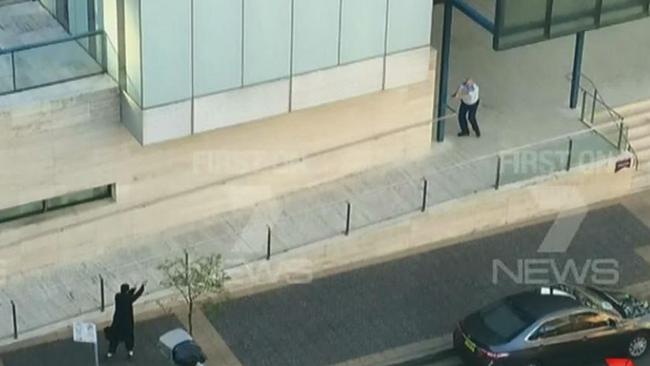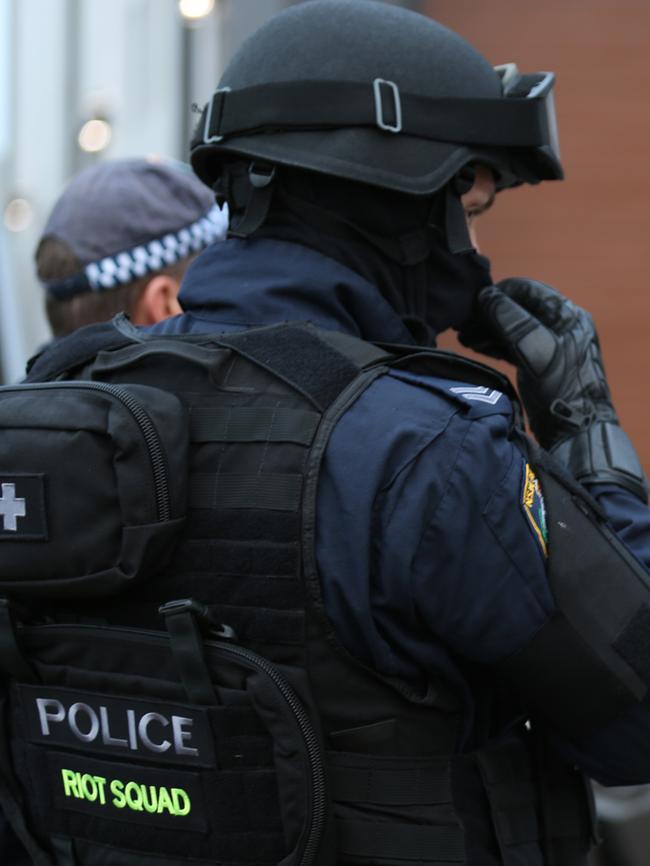Counter-terrorism training: Cops taught to ‘take a bullet’ during a terror attack
ORDINARY officers are receiving new training for terror attacks or when confronting armed criminals - but some are worried they don’t have specialist equipment.

NSW
Don't miss out on the headlines from NSW. Followed categories will be added to My News.
ORDINARY beat police are being taught to “take a bullet” in a terrorist attack or when confronting armed criminals.
This dramatic shift in strategy, revealed during new counter-terrorism training drills, sees frontline officers carrying out the work of specialist units.
But some police have raised concerns about certain elements of the Active Armed Offender Training because they aren’t being given ballistic helmets to wear and their bulletproof vests are inferior to those used by their specialist counterparts.
General duties police officers are almost always the first to respond to any armed offender situation.

Police have expressed fears that ordinary officers are now being expected to put their lives on the line.
One training drill, known as “The Rabbit”, which is designed to tackle an active shooter in a shopping centre or school, has raised concerns among some police that individual officers would be at an unreasonably high risk of injury or death.
A training participant was told their likelihood of being injured in this scenario would be high, but they would get “a bravery award” for their effort.
The Sunday Telegraph has been made aware of further details about the training scenario, but agreed to a police request not to publish them.
Responding to criticisms about the body armour, a police spokesman said the vests chosen would achieve a “sensible balance between protection and allowing officers to be mobile, agile, and avoiding overheating”.
The training is being rolled out alongside several other counter-terrorism measures.
This includes the distribution of long-arm weapons to general duties officers, likely to happen next year. It is understood the “rabbit” scenario would not be deployed during a Lindt-style siege, but would more likely apply when imminent deaths are anticipated.


